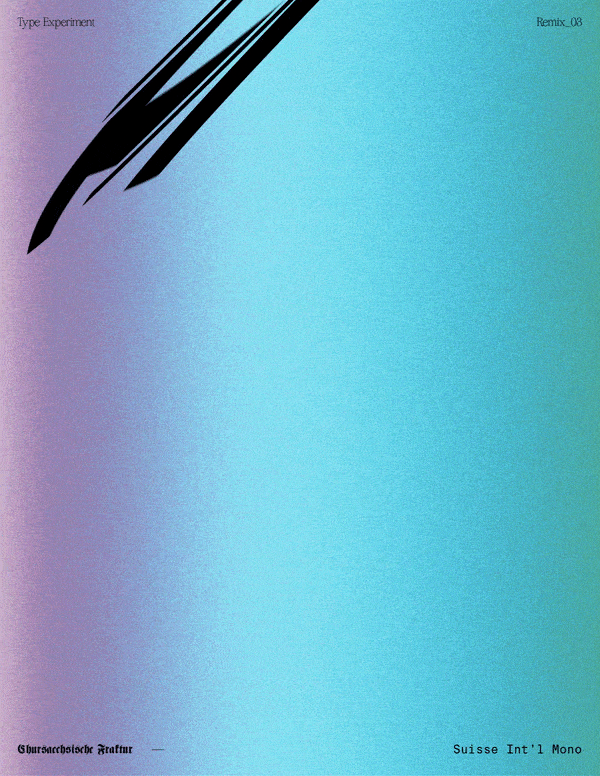Play as a Design Methodology
Sixuan Tong
Play, a phenomenon existing prior to human civilization, has been vital to almost every aspect of life yet invisible or comparatively understood in limited disciplines. In an era of productivity, emerging new media, and innovative means of communication, it is fundamental for communication designers to analyze play’s cultural significance and societal role and apply its spirit as a practical methodology.
This thesis draws parallels between play and design by analyzing theories from primary research, case studies, prototype building, and visual experimentation. It aims to provide guidance and demonstration for generating meaningful play in the construction and execution of design processes.

Started with a taxonomy of playful spaces, the Tarot of Play looks into the environment, participants, and playful elements. Space is a mathematical concept that describes the “void” constrained or constructed by its physical surroundings.

But the ephemeral human activities can alter and redefine the meaning and the function of a space, transforming it into a place, which is more of a social concept, solicited and mediated by narratives.

The tarot deck takes the form of a puzzle game, which requires the participation of all players. The playfulness rises from the gap between designated spaces’ purposes and unpredictable events, depending on all active participants.


An audiovisual essay that examines the concept of play and the way we play from a contemporary lens, using films, videos, and first- and second-hand resources. The video essay suggests a hypothesis that although there are heterogeneous forms of play today, its spirit and aura are withering.

A series of type design experiments that use play as a guiding method. As the essential toolkit in graphic design, every typeface has its own rules, and by pairing up two seemingly contradicted typefaces, the play begins. This typography project can be considered a form of creative and productive play.


